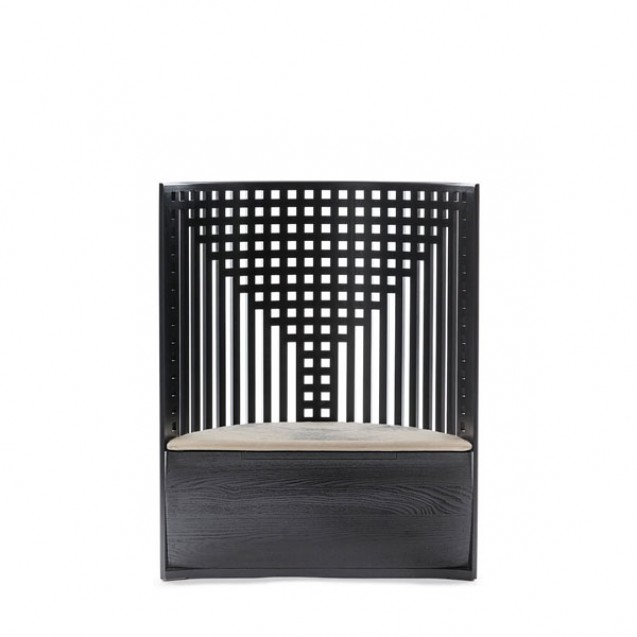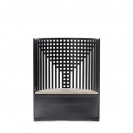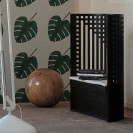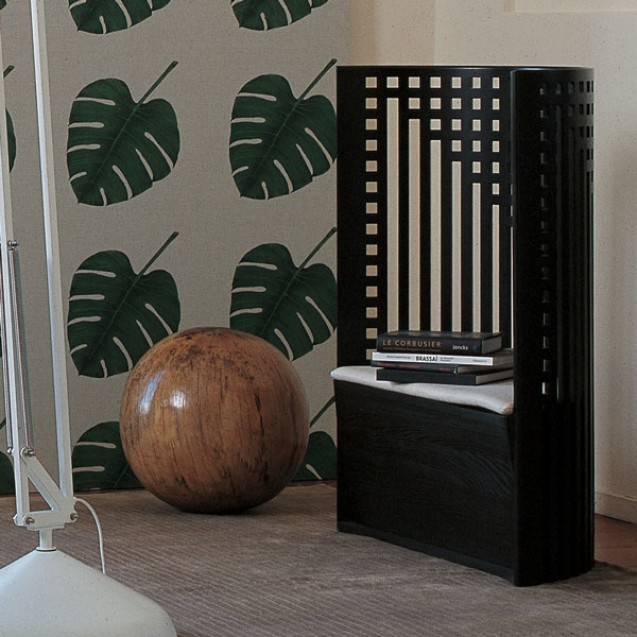312 Willow 1
This throne-like armchair is a
new iteration of the model that CRM donated, in 1904, to the “Willow Tea Rooms”
in Glasgow, his native city. The tall semi-circular back served to separate the
entrance area from the tea-room behind it. The back encompasses the seat,
illustrating to perfection Mackintosh’s geometric and Art Nouveau style. For
Cassina, creating this chair meant marrying advanced technology and the
company’s premier carpentry skills. The latter can be seen in the precision
needed to assemble the components that make up the elegant, light-weight
latticed frame.
| About Designer | |
|---|---|
Charles Rennie Mackintosh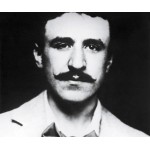 |
Glasgow/Londra, 1868/1928 Charles Rennie Mackintosh was born in Glasgow in 1868
and died in London on 10th December 1928. His personality is one of those that
characterize the period immediately preceding the Modern Movement. His name is mainly connected with the design for the
Glasgow School of Art: he was the animator and most authoritative exponent of
the group known as the “Glasgow School” and he distinguished himself
principally because he recovered the most authentic values of the Scottish
idiom and of neo-Gothic taste. The group, also named “the School of Ghosts”, became
known throughout Europe – in Liege in 1895, London in 1896, Vienna in 1900,
Turin in 1902, Moscow in 1903, Budapest etc.Besides the School of Art, the most
interesting works are undoubtedly: the “Windyhill” house at Kilmacolm (1900),
the “Hill House” at Helensburgh (1902-3), the arrangement of the Derngate
house, Northampton (1916-20), and the decorative work in Miss Cranston’s
Tea-Rooms in Glasgow. Among the furnishings of his decorative interiors, it is
above all the chair – an object of special attention in the “Cassina I Maestri”
collection – which represents the focal point for coordinated spatial action.
Within it, the controlling force of the composition is
always resolved, sometimes articulated in fluent and delicate forms, at other
times in severely geometric forms. |



